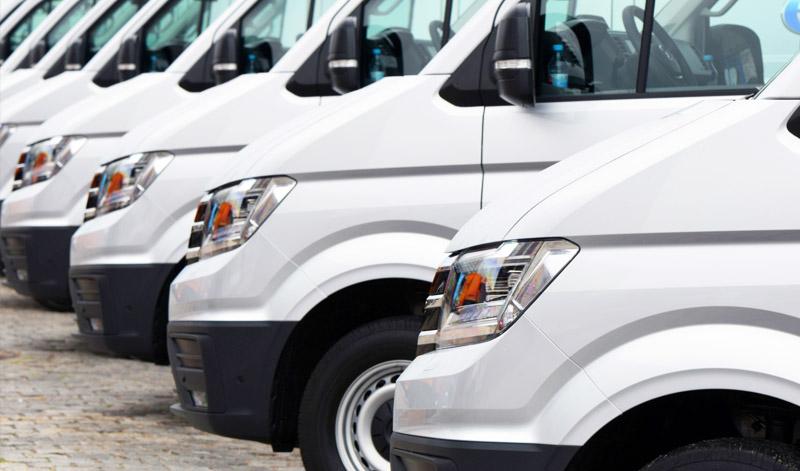
Should You Convert Your Fleet to Electric Vehicles?
Fleets around the country are starting to convert to electric vehicles (EVs), including big names like UPS, FedEx and Amazon. But is it the right fit for your business? It will depend on what your goals are (lower costs, sustainability) and what type of fleet you operate. In general, fleets with the following characteristics are good candidates to go electric:
- Vehicles that return to and remain at the same location long enough to recharge their batteries
- Travel a distance of 10,000 to 15,000 miles per year, which can achieve cost parity with traditional fuels
- Encounters stop-and-go traffic, which allows the vehicle to take advantage of regenerative braking
- Miles driven per day doesn’t exceed the vehicle range (longer-range vehicles are in development)
Some fleet managers are buying commercial EVs for specific uses, rather than replacing all their conventional vehicles. The top two reasons for most large businesses are sustainability and environmental goals (83%) and lower total cost of ownership (64%), according to a UPS/GreenBiz survey.
What are the benefits?
The primary benefits come from lower operating and fuel costs. Maintenance costs are lower because electric vehicles have fewer moving parts. The need for oil changes and spark plug and air filter replacements are eliminated. Plus, there are no mufflers or catalytic converters to repair.
New York City’s maintenance costs for its EVs in comparison to gasoline-powered vehicles showed all-electric vehicles had the lowest-recorded maintenance costs, significantly less than gasoline, hybrid or hybrid-plug-in models. For instance, the annual maintenance cost for a Ford Focus Electric passenger car was only $386, compared to its gasoline counterpart at $1,805.
Such savings can help compensate for the higher purchase price of electric vehicles. However, as demand increases, prices should decrease. In fact, a few EV manufacturers already claim their price is comparable to a conventional vehicle.
The benefits go beyond reducing emissions and saving on operating costs:
- Better air quality. Pedestrians no longer breathe fumes next to idling vehicles.
- Quieter operation, reducing noise for both drivers and residents.
- Improved safety. EV features help drivers stay in their lane and see obstacles in a blind spot.
- Retain or attract new drivers. Yellow Cab in Columbus, Ohio, attracted drivers from Uber and Lyft by offering the comfort of electric vehicles.Technology helps gain efficiencies. Electric vehicles are also smarter and gather more data, helping make routes more efficient.
What about charging infrastructure?
So, if you think your fleet is a good candidate for electric, what about charging stations? Obviously, most fleets will install their own if the vehicles return to the same location. Otherwise, you’ll need to understand the existing electric vehicle infrastructure.
Public charging infrastructure continues to expand, with utilities, local governments and private companies adding more stations. It’s a good idea to collaborate with these organizations, as well as vehicle manufacturers and charging system providers. They’ll be able to help with permitting and/or financial incentives, such as grants, tax credits and emissions credits.
Experts recommend starting small and prioritizing which vehicles to convert. If this still sounds too complicated, consider leasing options.